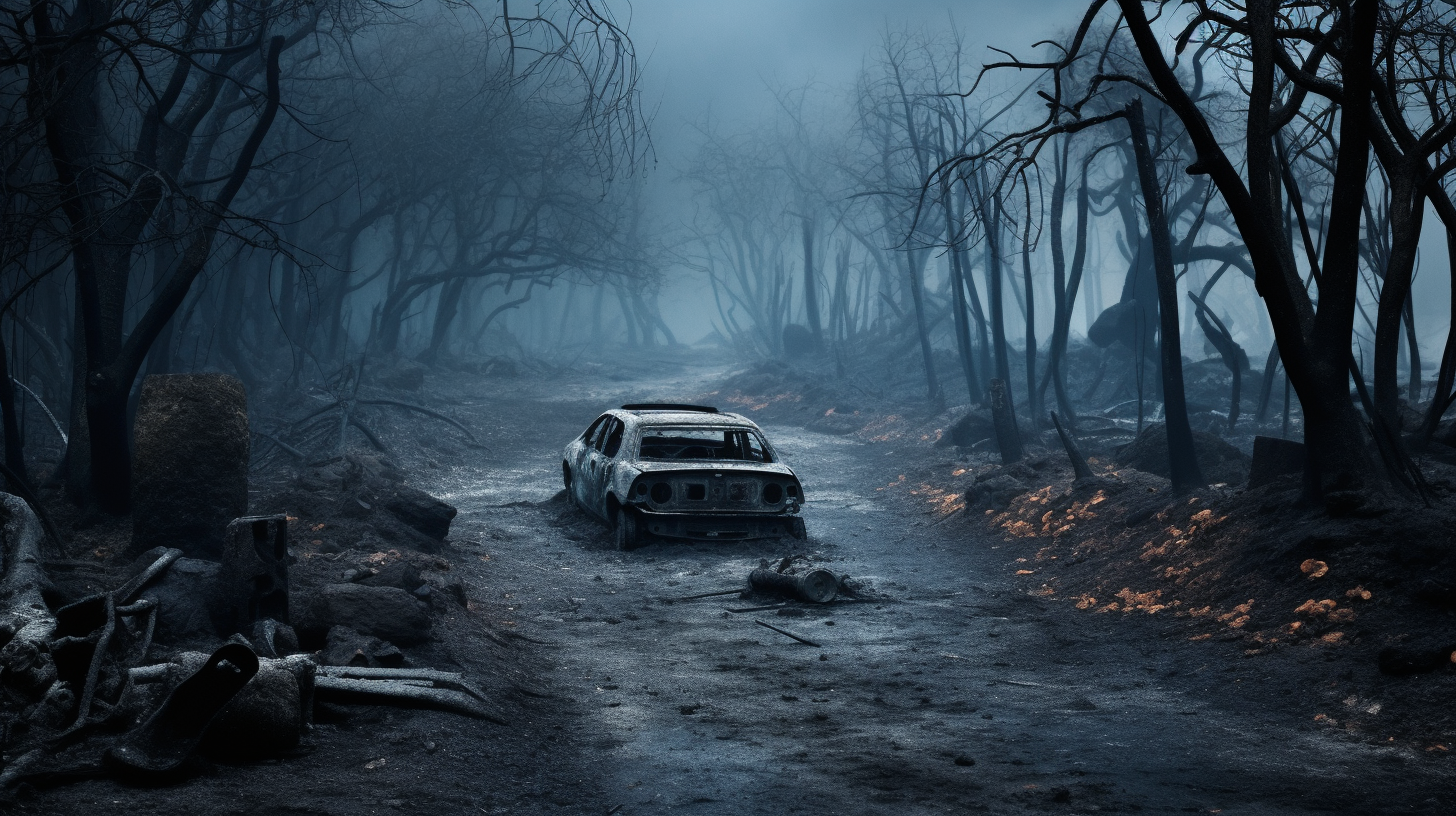In a desolate landscape where heatwaves have become the enduring legacy, Frost Bites in a Scorched World uncovers an ironic twist of fate: the resurgence of winter’s touch amidst a backdrop of environmental ruin. Once a dreaded season for its relentlessness, winter now appears as a mocking specter—doling out its icy incisions erratically as climate patterns warp under the strain of human influence.
The world was once a tapestry of predictable climates, with winter’s frost confined to its expected time and place. However, in this lurid reality, the blizzards arrive without warning, stalking areas unaccustomed to such chill. The Caribbean, known for its warmth, now shudders under sporadic snowfalls; Florida’s orange groves stand paralyzed under a glistening coat of ice.
Scientists who once warned of the greenhouse veil trapping in our emissions are now befuddled by these icy intrusions. It seems the planet’s fever has its chills, with weakened jet streams and chaotic weather patterns growing increasingly common. Amidst the encroaching deserts and crumbling ecosystems, the polar vortex wanders south with a mind of its own, leaving a baffling mix of devastation in its wake.
‘The shift is tectonic,’ remarks a climate researcher, ‘once sturdy patterns that guided generations now fluctuate with an unruly pulse.’ These words echo in the empty corridors where policy was to be made, yet only silence answers—the once vibrant discourse on climate turned into a hollow recital of too-late regrets.
Worse still, the population unprepared for such bitter colds faces new perils. In places like Mumbai and Lagos, frostbite claims more territory on the map, and the collective psyche, as the cold snaps inflict their damage on communities far from the poles. Unheated homes and lack of winter clothing—previously unnecessary—now spell a grim toll for the vulnerable. ‘It is the contradiction of our times,’ a health professional laments, ‘preparing for searing heat but falling victim to biting frost.’
Where palm trees once swayed, now shiver; alligators sunned themselves where now they freeze. Even the cockroaches, those infamous survivors of countless epochs, find themselves confounded by the erratic chills. Wildlife, long since pressed on all fronts by habitat loss and pollution, now encounters yet another adversary: a confused climate that swings wildly between extremes.
In classrooms, the youth question their inheritance. ‘What kind of world do we step into?’ asks a high schooler, her breath creating a fog in the poorly insulated hall. ‘One where we must pack both sunscreen and scarves in our survival kits.’
Whispers of the past, where winter was a calendar certainty, and summers knew their bounds, have become tales of fantasy. Some scientists propose desperate measures, geoengineering projects to stabilize the climate, but their voices are lost in a sea of dystopian acceptance—the world is beyond repair. And as the seasons lose their meaning, we are left bewildered, nostalgic for a rhythmic nature we squandered.
The only certainty that remains is the uncertainty itself, a cruel jest played by a climate system pushed to its brink. ‘Frost Bites in a Scorched World’ is not only a narrative of environmental paradoxes but a requiem for the world that could have been—should have been—had we heeded the signs that once seemed so clear.
This erratic visage of winter is yet another portend, perhaps a final one, of an ecological downfall that has already entrenched itself far too deeply within the fibers of our world. As these unexpected frosts bite into the fabric of our scorched realm, they leave wounds too numerous to heal, a perpetual reminder of how we reshaped the very air we breathe to become our unpredictable adversary.
